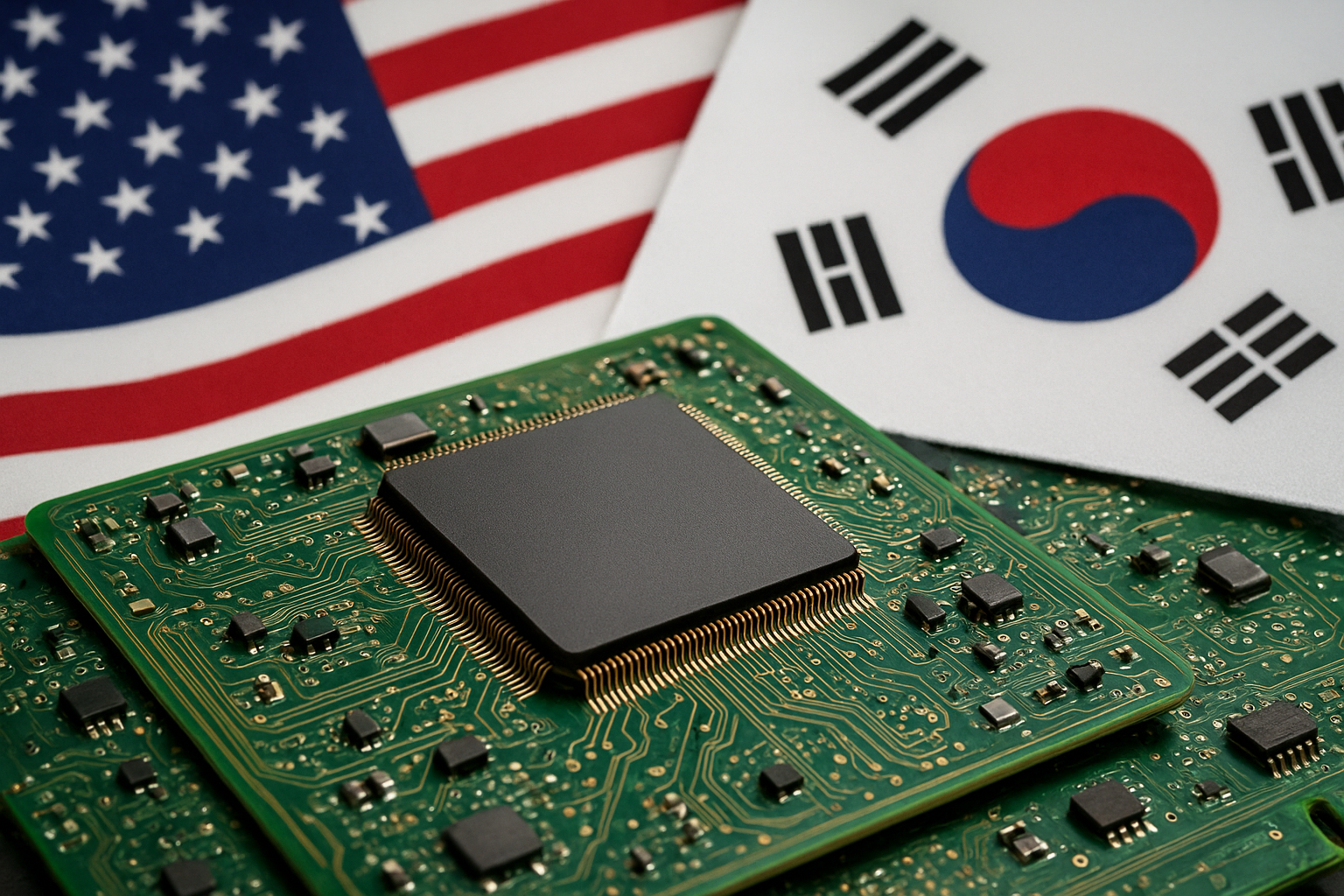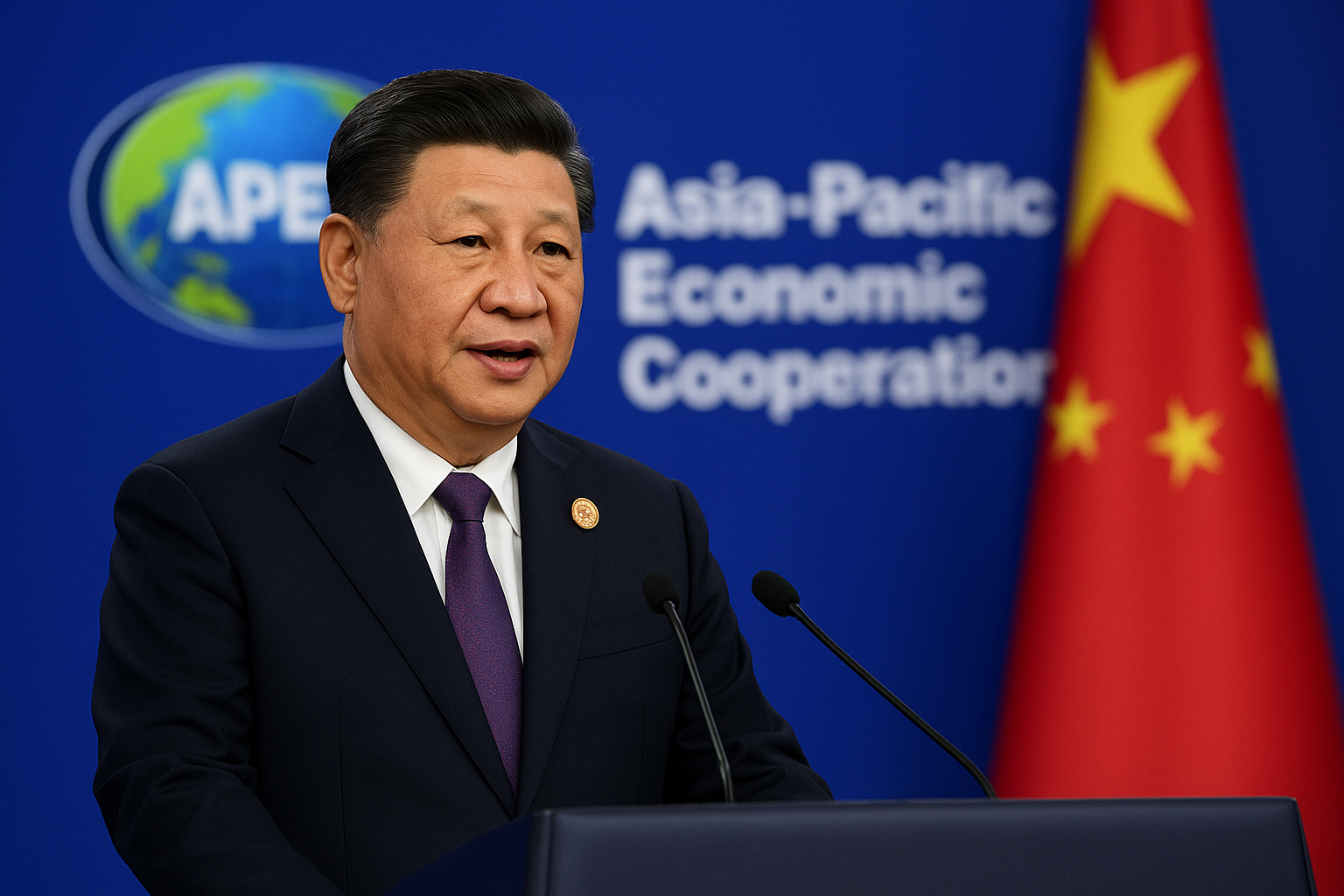As the world races toward electrification, securing critical raw materials has become a geopolitical and economic priority. This week, Korea Zinc, the world’s largest producer of refined zinc, made a bold move by investing $85.2 million for a 5% stake in The Metals Company (TMC)—a U.S.-backed startup pioneering deep-sea mining. The investment, part of a broader push to secure access to vital resources like cobalt, nickel, and manganese, is setting the stage for a major industrial shift beneath the ocean’s surface.
The deal marks one of the most high-profile endorsements of deep-sea mining to date, a sector long steeped in controversy but now increasingly viewed as a potential game-changer for the battery metals supply chain.
A Strategic Bet Beneath the Surface
The investment gives Korea Zinc preferential access to polymetallic nodules—metal-rich rock formations found on the seabed—sourced primarily from the Clarion-Clipperton Zone (CCZ) in the Pacific Ocean. The nodules contain high concentrations of battery-grade metals essential for electric vehicle (EV) production, grid-scale storage, and consumer electronics.
The Metals Company, which went public via SPAC in 2021, has secured exploration rights in the CCZ through a partnership with Nauru, a Pacific Island nation. The company claims these nodules can supply enough battery metals to produce 280 million EVs, per its 2024 investor report. That figure has caught the attention of global supply chain strategists, especially as demand for cobalt and nickel outpaces supply from terrestrial sources.
According to the International Energy Agency (IEA), the demand for nickel in EV batteries is expected to grow over 19-fold by 2040, while cobalt demand may increase more than sixfold. However, traditional mining faces land constraints, ESG scrutiny, and rising costs—opening the door for alternative sources like deep-sea nodules.
Why This Matters for Investors
Korea Zinc’s move comes amid an escalating resource arms race. As China continues to dominate the critical minerals market—accounting for over 70% of global cobalt refining and a significant share of rare earth exports—countries and companies are urgently seeking diversification.
This transaction signals to investors that deep-sea mining is no longer a fringe concept but a developing industry attracting serious capital. Goldman Sachs and UBS have previously flagged undersea extraction as a high-risk, high-reward frontier that could unlock billions in asset value—should regulatory and environmental hurdles be overcome.
For long-term investors, this presents a speculative but asymmetric opportunity in a sector aligned with megatrends like green energy, EV adoption, and critical minerals independence.
Future Trends to Watch
- Regulatory Landscape: The International Seabed Authority (ISA) is under pressure to finalize rules for commercial deep-sea mining. An interim allowance for pilot operations could open floodgates for early movers.
- ESG Risk and Opposition: NGOs like Greenpeace and the World Wildlife Fund continue to lobby against deep-sea mining, citing irreversible ecological damage. ESG funds may steer clear, but others could see upside in underweighted sectors.
- Strategic Alliances: Expect to see more alliances between industrial firms (e.g., battery manufacturers, automakers) and deep-sea operators as nations hedge against terrestrial scarcity.
- Tech-Driven Extraction Models: Companies are investing in AI-powered ROVs (remotely operated vehicles) to map the ocean floor and automate nodule collection with minimal disruption—an area ripe for venture capital and specialized hardware providers.
Key Investment Insight
Investors seeking early exposure to the next-generation raw materials supply chain should monitor companies with:
- Access to ISA-approved seabed claims,
- Technical partnerships in oceanographic robotics and AI,
- Or government-aligned resource development plans.
Publicly traded plays like The Metals Company (NASDAQ: TMC) offer direct exposure, though investors should expect volatility and regulatory sensitivity. Indirect exposure through industrial stakeholders—like Korea Zinc, or potentially even firms like Samsung SDI or Panasonic—may provide diversified access.
As energy and industrial policy turn oceanward, the deep-sea mining sector is transitioning from speculative vision to strategic imperative. For investors ready to navigate this new frontier, the rewards could run deep.
Stay connected with MoneyNews.Today for more insights on emerging industries reshaping the global economy.





